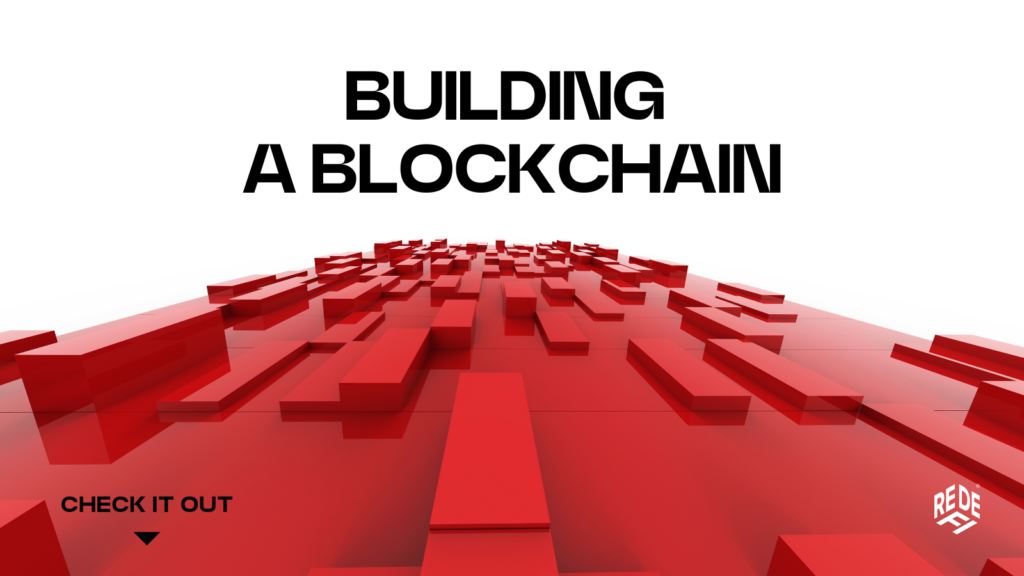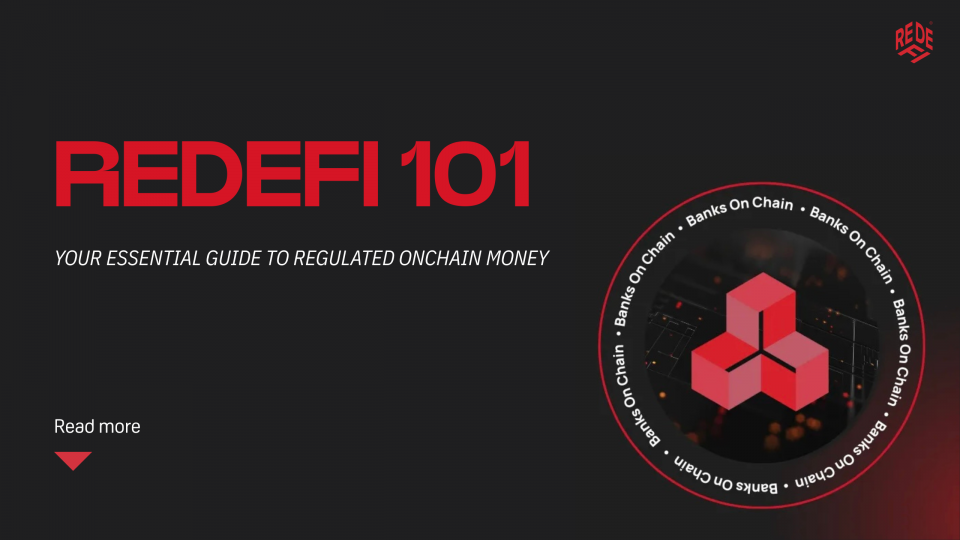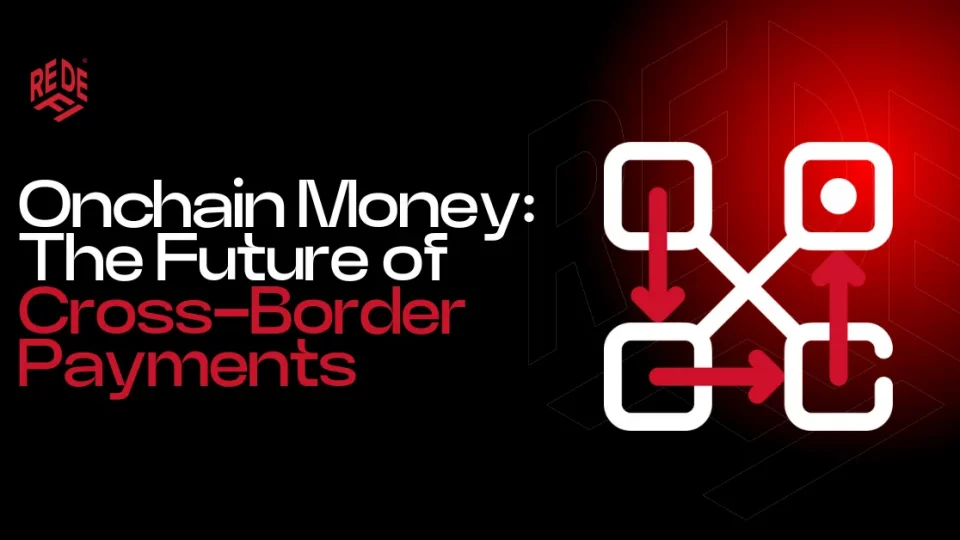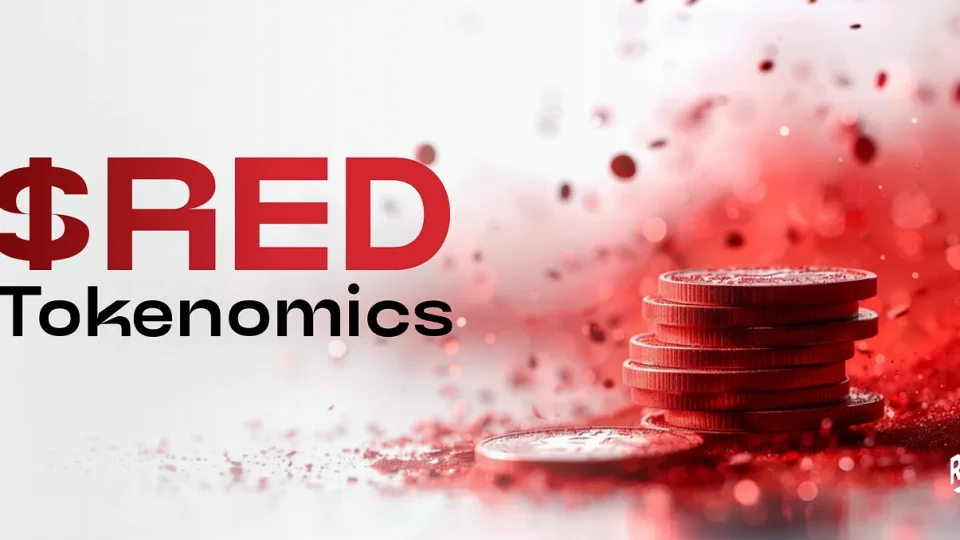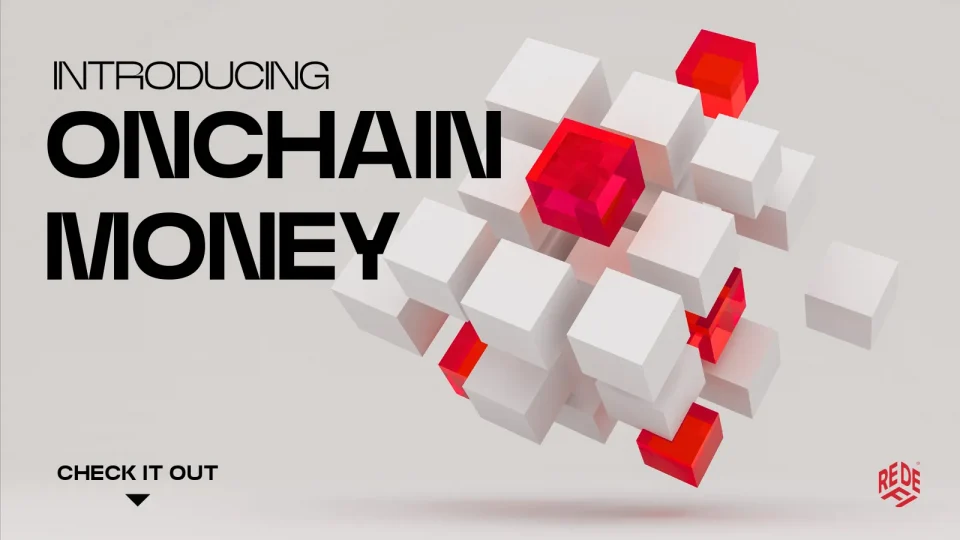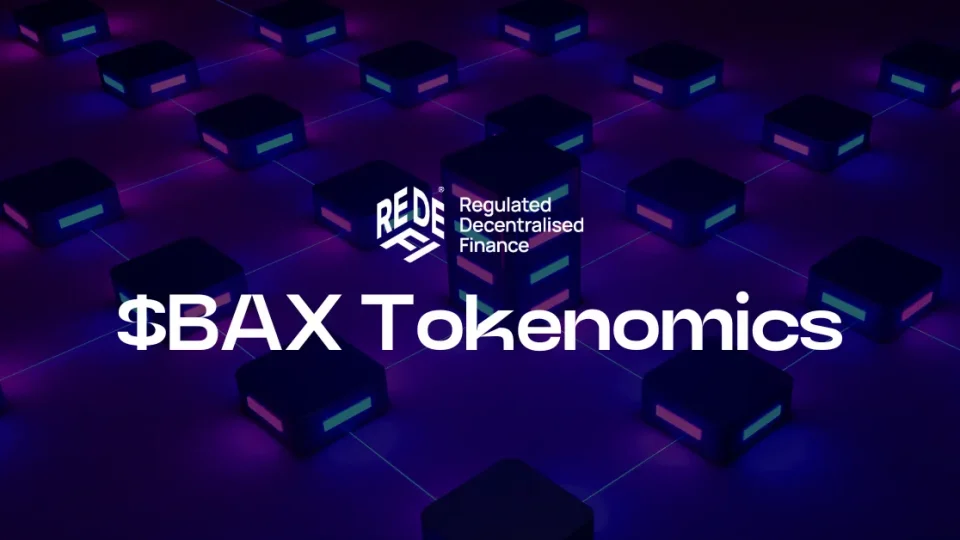In light of how BABB is building the new ReDeFi layer-1 blockchain, we wanted to give you a glimpse on ‘how building a blockchain’ looks like.
For the last decade, blockchain technology is standing as one of the most groundbreaking innovations, offering transparency, security, while having decentralisation principles in its core. If you’re considering joining this revolution, you’re embarking on an exciting journey. We are sure most of you reading already know about blockchain technology, so this article aims to guide you through each step, from the initial concept, to launching a successful Initial Coin Offering (ICO). While this piece won’t be as technical or advanced, it will give you a sense of how everything comes together.
Understanding Blockchain Basics
Before diving further, it’s crucial to grasp the core principles that underpin this technology. At its heart, a blockchain is a distributed ledger, a continuously growing list of records (blocks) that are securely linked using cryptography. Each block contains a cryptographic hash of the previous block, a timestamp, and transaction data. This structure ensures data integrity and immutability, making blockchain a reliable tool for transparent and secure transactions.
It’s good to note that blockchain technology goes beyond Bitcoin and cryptocurrencies. It has diverse applications across various sectors, from finance to healthcare, supply chain, and beyond. Your first step is to clearly define the purpose of your blockchain. Will it support a cryptocurrency, facilitate secure data sharing, or something entirely different? Understanding the potential and limitations of blockchain technology is essential to align your project with realistic goals and capabilities.
Planning and Conceptualizing Your Blockchain
The initial phase is all about planning and conceptualization. This stage is critical – it’s where you set the direction for your entire project. Ask yourself:
- What problem is my blockchain going to solve?
- Who is it for?
- What unique features will it offer?
This is more than just technical groundwork; it’s about shaping the vision of your blockchain.
For ReDeFi specifically,
- The main problem was regulation issues. When interacting on an existing blockchain (in our case Ethereum), you have to consider all possible implications and limitations to expand. Therefore we needed our own blockchain layer-1,
- Our layer-1 can be used by pretty much anyone that wishes to utilise our network. First and foremost, we wanted to grow the utility surrounding our ecosystem, further enhancing our user’s experience and their ease using our platform, reducing transaction costs, etc (this couldn’t happen before as we were reliable to other network parameters). In addition, our Onchain Money model can be utilised by banks and financial institutions. Why? Because with our layer-2 blockchain built on top of our layer-1, we make the network more secure, and most importantly, more private. (banks or financial institutions wouldn’t want their customer’s data being public).
- Some of the features include staking, yield boost, users will be able to delegate in order to earn further incentives, a % of revenue distribution (through transaction fees) and so much more.
These are some of the most fundamental Q&As you need before you even start to developing a blockchain. The success of any blockchain weighs on its infrastructure, utility and user base. If you’re building a blockchain for a specific industry, like finance or healthcare, you’ll need to understand the unique challenges and requirements of that sector. This knowledge will guide the design of your blockchain, influencing everything from its consensus mechanism to its governance model to who is appealing for, etc. Remember, a well-defined purpose and a clear target audience are the cornerstones of a successful blockchain project. It’s not always about the technology; it’s about how it serves and adds value to its users.
Development Phase: Devnet
Once your plan is in place, it’s time to roll up your sleeves and start the development phase, beginning with setting up a development network (devnet). This is where your blockchain starts taking shape. The devnet serves as your project’s sandbox, allowing your development team to build and test features in a controlled environment.
During this phase, the focus is on creating the core functionalities of your blockchain – from the genesis block to the establishment of a basic consensus mechanism. You’ll also be laying the groundwork for key features like smart contracts, if they’re part of your blockchain’s architecture.
Starting on a devnet has its advantages. It allows for rigorous testing without the risks associated with a live environment. Any bugs, security vulnerabilities, or performance issues can be identified and addressed here. It’s essential to get things as right as possible in this stage, as it sets the foundation for the next stages.
In this phase, collaboration and iteration are key. Regular updates, testing, and feedback within your team will ensure that when your blockchain moves to the next stage, the testnet, it’s robust, secure, and aligned with your initial vision. Remember, the devnet is your blockchain’s first real testbed – make the most of it to build a solid foundation for your project.
Testing the Waters: Moving to Testnet
After fine-tuning your blockchain in the previous stage, it’s time to progress to the testnet phase. This is a significant milestone where your blockchain is exposed to real-world conditions for the first time, albeit in a controlled environment. Think of the testnet as a public beta test, offering a opportunity to identify any issues that weren’t apparent during the devnet phase.
Most importantly, this is the phase where you can include your community and the wider user base can interact with it, simulating actual use cases more realistically. This phase is alsoinvaluable for stress-testing the network under varied conditions and loads. It’s where you’ll discover how your blockchain performs under pressure, how scalable it is, and how it handles transaction throughput and security challenges.
During this phase, encourage user feedback. Active engagement with early testers can provide insights that are essential for refining your blockchain. Pay close attention to security vulnerabilities. The testnet phase often attracts attention from ethical hackers and security experts, whose findings can be critical in strengthening your network’s security.
Remember, the goal of the Testnet is not just to fix bugs but also to optimise the user experience. It can also be a litmus test for your blockchain’s adoption and usability, helping you gauge if it’s meeting the needs and expectations of its intended users.
ReDeFi is currently in testnet phase, and we’ll soon open the door to all of you so you can test it and provide feedback!
Launching the Mainnet
Once your blockchain has successfully passed the testnet phase, it’s ready for the mainnet launch. This is where your blockchain goes live and becomes fully operational. The mainnet launch is marking the transition from a project in development to a live, functional blockchain.
Launching a Mainnet requires careful planning and coordination. It’s important to ensure that all security measures are robust and that the network is capable of handling real transactions efficiently. This is also the time to finalise any governance structures or protocols that will oversee the blockchain’s ongoing operation.
A successful mainnet launch is equally about the community you’ve built around your blockchain. Engaging with this community, keeping them informed, and managing expectations are key to a smooth transition. Remember, the launch is just the beginning.
Post-launch, you’ll need to continually monitor the network, address any emerging issues, and update features to keep your blockchain secure, efficient, and relevant.
As your blockchain goes live, it enters a dynamic ecosystem where adaptability and responsiveness are key for long-term success. The mainnet phase is not the end of the journey; it’s a new beginning.
The Path to ICO
The last step should be some form of fundraising (unless you are already got funded in an earlier round by VCs, etc). The most known way is the Initial Coin Offering (assuming you’ll have some kind of coin supporting the infrastructure of your blockchain). This phase is your transition from development to market presence, engaging with potential investors and growing your user community. An ICO not only provides necessary funding but also helps in building credibility and visibility in the competitive blockchain industry.
To successfully launch an ICO, a well-crafted strategy is essential. Begin by establishing a clear and compelling narrative around your project, questions like we mentioned in the beginning – why it matters, what makes it unique, what problem does it solve? This story should resonate with your target audience, highlighting the potential impact and value you are bringing.
.
Transparency is key in building trust with your community and investors. Provide detailed information about your project’s goals, development progress, and how the funds raised will be used. It’s also vital to comply with regulatory requirements, ensuring your ICO meets all legal standards to avoid future complications with the relevant authorities.
Engagement with the community is another important aspect to consider. Utilise social media, webinars, and community forums to connect with your community. Address their queries, gather feedback, and build a rapport. Remember, a supportive and enthusiastic community can be your biggest asset in this phase.
Conclusion
Building a blockchain from scratch is a challenging yet rewarding journey. From conceptualising your idea in the planning phase to developing it in the devnet, testing it in the testnet, launching the mainnet, and finally leading up to the ICO, each step requires careful consideration.
Our advice? Stay focused on your goals, be adaptable to feedback, and remain committed to innovation and security. The technology and the financial industry is constantly evolving, so you’ll need creativity, persistence and a deep understanding of both technology and market needs.
‘’The success of a blockchain project depends not just on the technology that is being built upon, but also on the community that is around it.’’
Keep engaging with your users, listen to their feedback, and continuously strive to improve. Embrace the challenges, celebrate the milestones, and push forward to a future where your blockchain makes a significant impact!
